UK Strikes at Heart of Russia’s Arctic Energy Empire
New maritime services ban threatens to sever lifeline for Yamal LNG exports By Paul Morgan (gCaptain) – In the frozen waters above the Arctic Circle, a fleet of specialised ships...
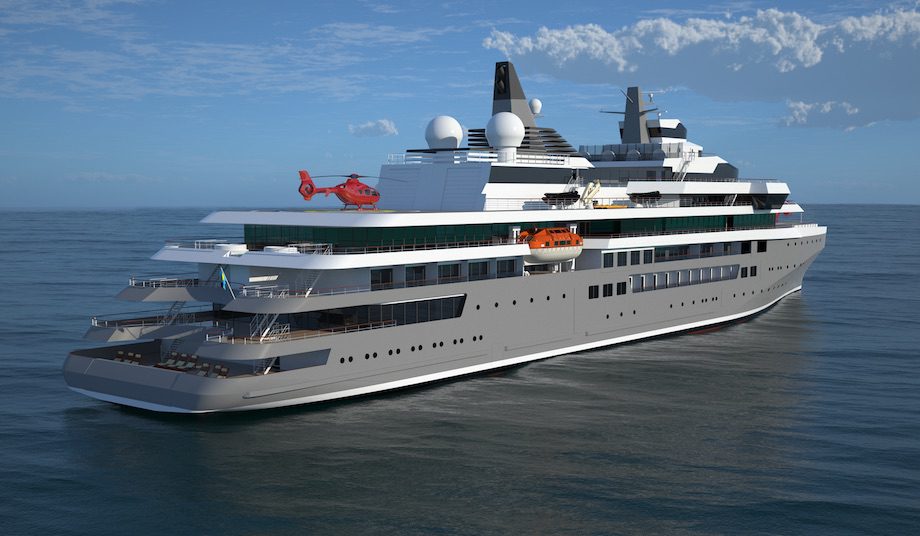
Damen’s next-generation Expedition Cruise Vessel. Credit: Damen
Dutch shipbuilder Damen Shipyards on Thursday released the design details for its next-generation expedition cruise ship designed for operations in both polar and tropical regions.
“The vessel’s Polar Class 6 compliance and 30 days autonomous cruising capability ensure she is globally capable and able to tackle challenging, far-reaching itineraries,” said Damen Product Director Henk Grunstra. “Furthermore, the vessel’s design is prepared to comply with SOLAS’ Safe Return to Port requirements.”
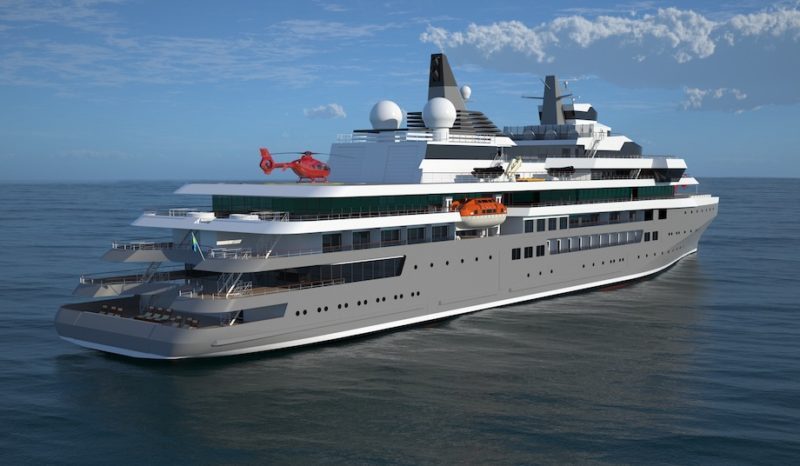
For the project, Damen worked with Expedition Voyage Consultants Ltd and the Danish Naval Architect firm, Knud E. Hansen.
“Bringing Knud E. Hansen onto the project team allowed us to benefit from their vast collective expertise in designing passenger ships- including the first ever expedition cruise ship,” said Grunstra. “By combining Knud E Hansen’s portfolio including designs for more than 700 cruise vessels and the 6,000-plus ships that Damen has built over the years, you have quite a team at your disposal.”
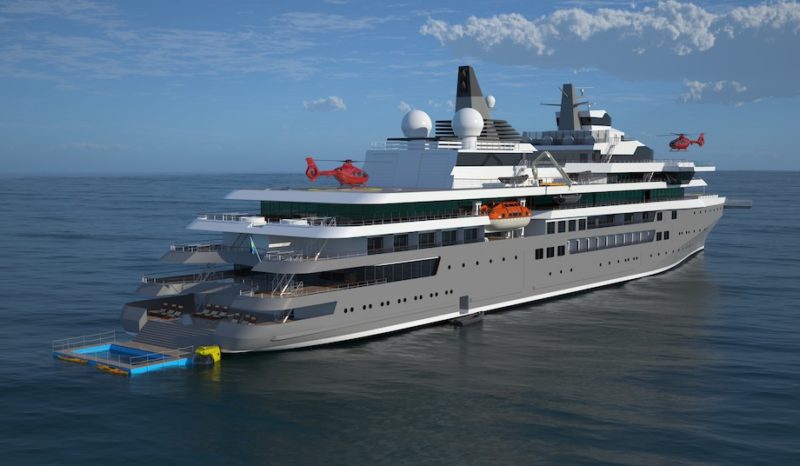
Damen say the design was developed to provide passengers with views from multiple viewing platforms that extend over the side or past the bow, providing the best possible vantage points during expeditions. A specially developed crow’s nest, perched on the ship’s mast, will aide visibility during ice navigation as well as give passengers a panoramic view over the surrounding landscape.
With approximately 1,100 square meters of public space and 2,500 squared meters of outside deck, there is enough space for 115 passengers. A 200+ passengers version will follow soon, Damen says.
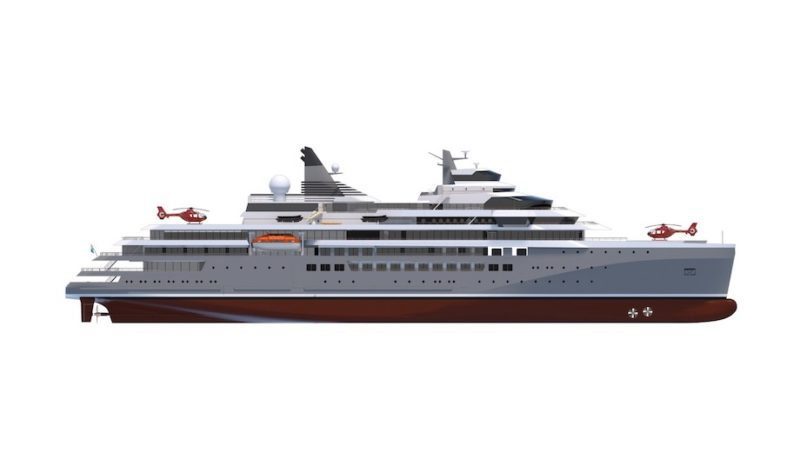
For the propulsion system, Damen has selected a diesel-mechanical hybrid configuration. More specifically, this will encompass IMO Tier III compliant (EPA tier 4 equivalent) medium speed engines. A PTI-PTO variable frequency drive will also be included, thus enabling efficient load distribution on the engines.
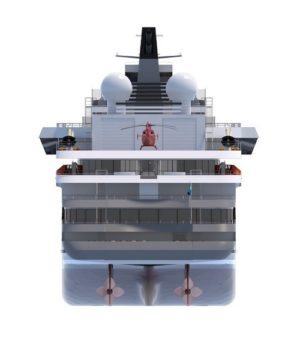 Designed to be ‘battery ready’, the vessel could be equipped with an energy storage battery system capable of various functions such as peak- shaving, provision of supplementary power for maneuvering or silent sailing operations and auxiliary generator UPS, according to Damen.
Designed to be ‘battery ready’, the vessel could be equipped with an energy storage battery system capable of various functions such as peak- shaving, provision of supplementary power for maneuvering or silent sailing operations and auxiliary generator UPS, according to Damen.
“This hybrid propulsion technology is the most fuel efficient option available,” says Grunstra referring to the vessel’s 16 knot service speed and 18 knot maximum speed. “In combination with the hull design and the effective use of electricity on board, we are expecting to reach fuel consumption and CO2 reductions of at least 20 percent.”


Sign up for gCaptain’s newsletter and never miss an update

Subscribe to gCaptain Daily and stay informed with the latest global maritime and offshore news
Essential news coupled with the finest maritime content sourced from across the globe.
Sign Up